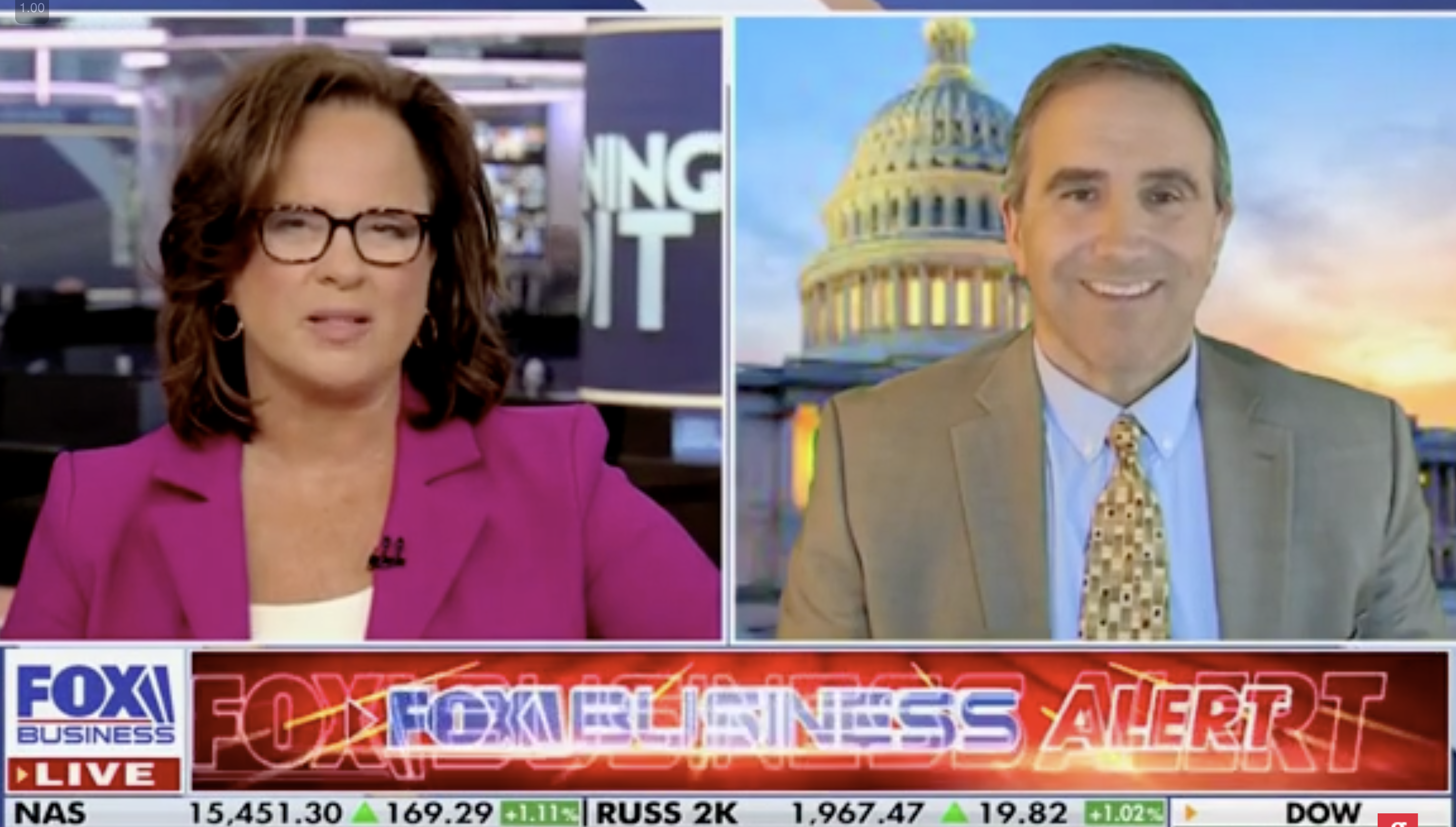By Steve Milloy
The original rationale for fuel efficiency standards, originally triggered by the 1970s energy crisis and fears of “peak oil,” was put to rest about 10 years ago by the advent of fracking. Neither shortages nor dependence on foreign oil is really a consideration any longer.
Unfortunately, the Supreme Court intervened on this issue in 2007, before the reality of fracking could catch up with the standards and their supporting bureaucracies. Massachusetts v. EPA paved the way for blue states and their environmental activist allies to hijack the fuel economy standard-setting process based on carbon dioxide emissions instead.
Exploiting that ruling and the 2009 government bailout of the car industry, the Obama administration cowed automakers in 2012 into swallowing a fuel efficiency schedule that would roughly double fuel economy by 2025.
This ambitious goal was a fantasy. Technology is not dinner — it can’t just be ordered. Fuel efficiency has improved by almost one-third since 2012, but it is nowhere near the Obama administration’s edict and has no chance of getting there.
So in 2018, the Trump administration proposed to freeze the standards essentially where they are now. It justified the freeze with improvements in car safety that slightly lower standards permit, reductions in traffic fatalities, reduction in vehicle costs, and the lack of discernible impacts on the environment and climate between the two levels of fuel efficiency.
As with all things Trump, blue states and their green allies are having none of it. A host of blue states and environmentalist groups have sued the administration over its rollback of Obama-era standards. Now the new standards will begin a tortuous multiyear journey through the federal court system.
The rule-making documents, related analyses, and comments are thousands of pages long — practically beyond the comprehension and patience of anyone but regulatory mandarins who have spent their careers working on the standards. All that aside, the dispute comes down to this: Plaintiff states want an average annual increase in fuel economy to be on the order of 2.7%. The Trump administration has determined that a 1.5% annual increase is more than enough.
In 2012, the Obama administration set fuel economy standards to increase by 5% per year. But because carmakers couldn’t achieve this standard through technology alone, there were only two options for meeting the Obama standard: light-weighing cars and selling more electric vehicles.
Lighter cars are less safe and increase the risk of accident fatalities. No one disputes this — it’s just the physics of heavy and light objects crashing into each other. But in its 2012 rule-making, the Obama administration was forced by its own political goals to pretend that making small cars lighter would have no impact on safety.
Electric vehicles are, so far, not a promising option for carmakers. They struggle to sell the smaller, less convenient, more expensive cars. Only about half of current electric vehicle owners say they would consider another one, according to a survey commissioned by the Department of Transportation.
These realities are being ignored by the media in favor of hyperventilation from ex-Obama officials saying desperate things to influence the ongoing litigation.
Gina McCarthy, the Obama EPA official who oversaw development of the 2012 fuel economy standards, now heads the activist Natural Resources Defense Council, one of the two green groups suing over the new rule. McCarthy claims the rollback will result in 1,000 premature deaths from emissions. But as an EPA official, McCarthy oversaw multiple EPA clinical research studies showing automobile emissions harmed no one.
Another Obama EPA official is threatening the carmakers who support the rollback. “When the Democrats come into the White House, they aren’t going to forget what these companies have done,” Margo Oge told the Washington Post.
The rollback is also being sniped at by David Friedman, a lobbyist for Consumers Union, the left-wing publisher of Consumer Reports. Friedman claimed that the rollback would push gas prices higher, despite the ongoing global oil glut and April’s negative oil prices. Media quoting Friedman omit that he is another ex-Obama official intimately involved with the 2012 standards, who spent 12 years with environmental activist group Union of Concerned Scientists before that.
There are also current career EPA officials, many of whom worked on the Obama standards, who have been trying to sabotage the Trump redo of the standards from within the agency. Beyond just fabricating and leaking information to allies on Capitol Hill, EPA career staff have also inserted litigation booby traps in rule-making documents (such as McCarthy’s claim about emissions killing people) to be exploited by blue state and green lawyers.
No one knows how any of this drama will play out, especially given the partisan nature of our judicial system and the ongoing election year.
But is any of this rigamarole worth the difference between the two sides — a 2.7% versus a 1.5% annual increase in fuel economy? Carmakers are free to improve fuel economy by even more than 2.7% if they want to and can. So why compel them to do something technologically impossible that wouldn’t matter as far as the original or more recent purposes of the standards are concerned?
A 1970s government slogan for fuel economy was, “Don’t be fuelish.” The lawsuit should now be dismissed with the admonition, “Don’t be foolish.”
Steve Milloy publishes JunkScience.com, served on the Trump EPA transition team, and is the author of Scare Pollution: Why and How to Fix the EPA.



